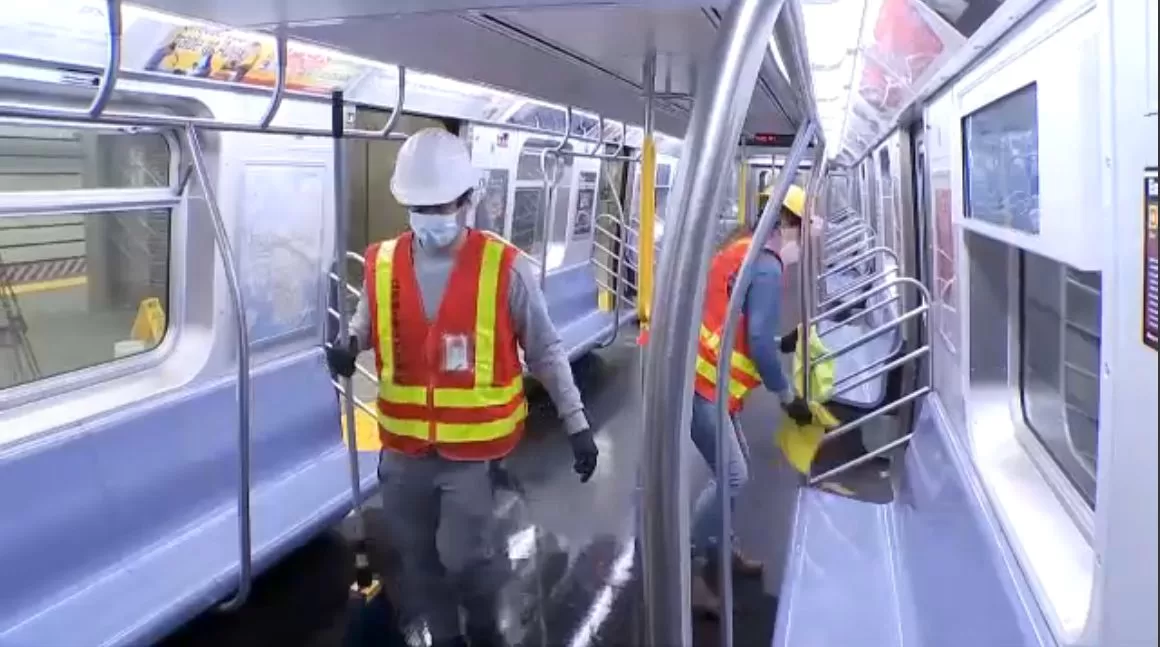US immigration offices are so overwhelmed that some asylum seekers who crossed through Mexico will probably have to wait a decade before they can even get an appointment to appear before a judge.
The delays stem from a change implemented two months after President Joe Biden took office, when Border Patrol agents began the long-abandoned practice of releasing immigrants quickly, on parole. The immigrants were instructed to report to an Immigration and Customs Enforcement (ICE) office to be processed for the court appointment, a task that was previously carried out by Border Patrol.
The change prevented overcrowding in docking centers as occurred in 2019, when some migrants had to stand on the toilet to breathe. But the cost became apparent when the ICE officers assigned to deliver the court subpoenas were stretched thin.
Some of the offices now tell migrants to return several years from now, and the effort has reduced ICE’s ability to carry out its traditional mission of enforcing immigration laws inside the United States.
“We are at the limit of our resources,” said Jamison Matuszewski, director of enforcement and removals in San Diego.
As for migrants, the deadlines to receive a judicial appointment vary. In New York, ICE has instructed asylum seekers to return by March 2033, Democratic lawmaker Henry Cuellar from Texas said at a recent hearing. In nine other cities _San Antonio; Miramar, Florida; The Angels; Jacksonville, Florida; Milwaukee; Chicago; Washington; Denver and Mount Laurel, New Jersey—the wait is until March 2027.
Until then, the migrants in question will not even receive a court date, although they can live and work in the United States. After that, their cases will be processed by the immigration courts, a process that takes about four years and which in January suffered a backlog of 2.1 million cases, compared with 600,000 in 2017.
“The asylum system urgently needs reform from top to bottom,” Homeland Security Secretary Alejandro Mayorkas told reporters last week when asked about waiting periods for court appointments.
Tae Johnson, acting director of ICE, told lawmakers that the agency wants to use online interviews to reduce 10-year waits, and that it wants authority from Congress to issue electronic subpoenas. He added that increased funding would also go a long way to “quickly clear” the backlog of cases.
A large number of people are currently going to ICE offices to request information. A recent report from the Government Accountability Office (GAO) mentioned an office — whose city he did not name — where some days between 300 and 500 immigrants arrive, mostly walk-in.


